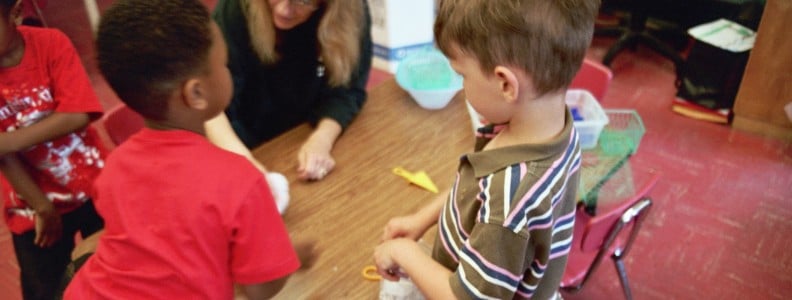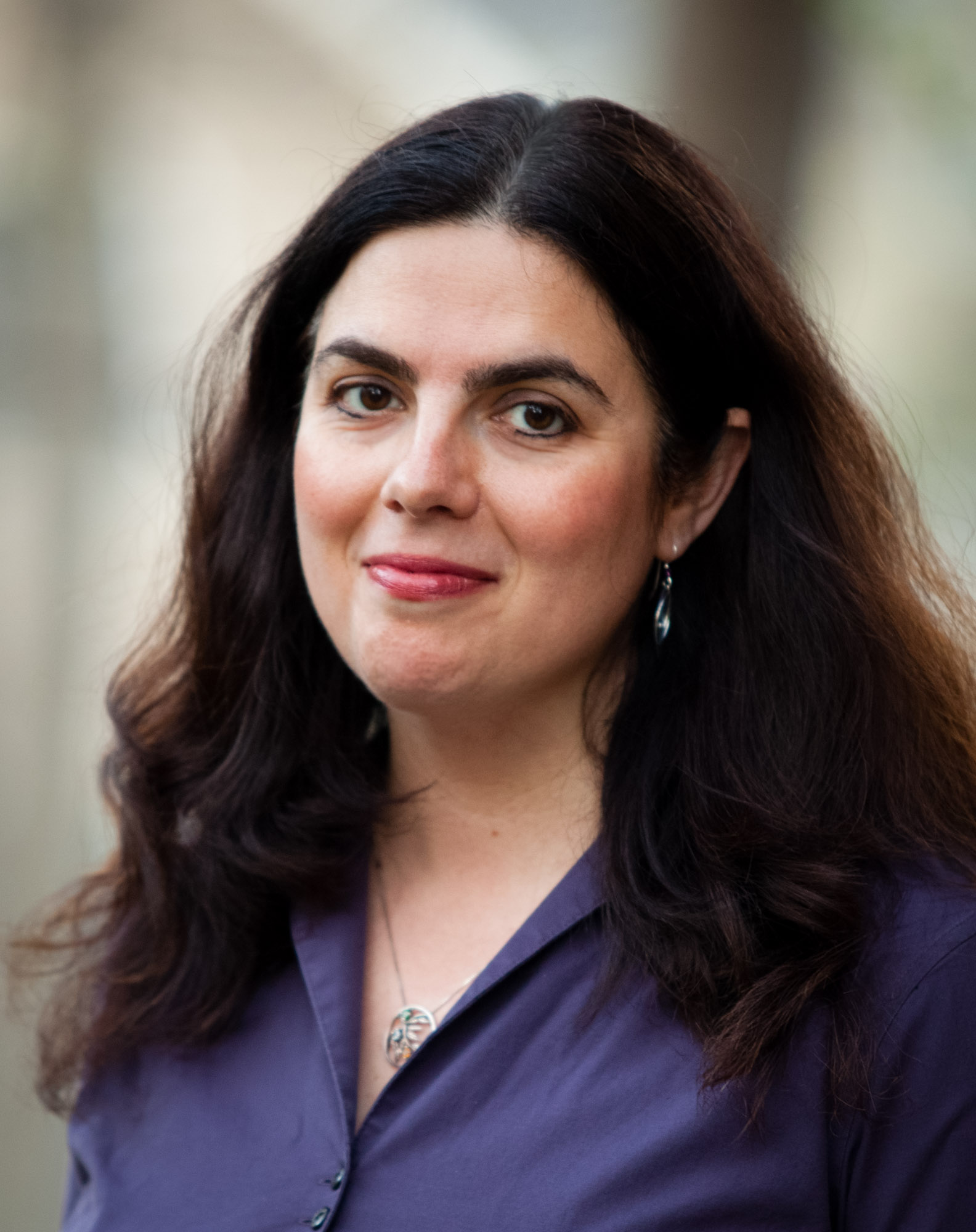
 Trayvon Martin. Michael Brown. Eric Garner. These black men’s deaths have sparked national outrage about the differential treatment of men of color by personnel in the criminal justice system.
Trayvon Martin. Michael Brown. Eric Garner. These black men’s deaths have sparked national outrage about the differential treatment of men of color by personnel in the criminal justice system.
Racism is embedded in our institutions. Well-intentioned people carry out racist policies and become part of institutionalized racism, just by being a part of these systems. We need to start with a hard look at our policies and systems to understand how institutionalized racism has been codified. If we want to change the criminal justice systems, our efforts cannot just be targeted there. We need to start earlier in the process. We need to think about how other systems teach our future lawyers, police officers, and judges that discrimination against people of color, and specifically Black people, is acceptable and expected.
What we are teaching our children about race?
Last month, This American Life aired an episode on discipline in schools. Act One started out with one mother talking about the suspension of her preschool-aged boys. Yes, that’s right, preschool-aged boys. Her four-year-old son was suspended three times: Once for throwing a chair and the second time for spitting on another child. Then her little boy, who had just turned three years, was suspended. She couldn’t understand what was happening. Her children, she said, were well behaved at home and in public. In fact, strangers would stop her and comment on how well behaved her children were.
Then she talked with other moms whose children were in her sons’ classes at the preschool. She was shocked. One mother told her that her son purposely hit another child. The injury was so serious, the other child had to go to the hospital. That child had not been suspended. Other stories followed. None of those children had been suspended.
The difference?
Race.
The two boys who were suspended were Black. The other children were White.
This mother, Tunette Powell, was not alone. A 2011 study, Breaking Schools’ Rules: A Statewide Study of How School Discipline Relates to Students’ Success and Juvenile Justice Involvement, found that in Texas public secondary schools Black children were THREE TIMES more likely than their White classmates to be given out-of-school suspensions. Latino children were TWICE as likely as their White classmates to be suspended. The data about reasons for suspension were equally alarming. White and Latino students were more likely than Black students to commit offenses that warranted mandatory expulsion. The primary reasons Black students were suspended? Disrespect, insubordination, willful defiance—all things that are subject to the discretion of the teacher or school administrator.
83% of Black boys had been suspended once. Most had been suspended multiple times. But it started long before secondary school. The US Department of Education released a report in March 2014 indicating that while Black boys make up 18% of preschool students, they represent 48% of preschool students who have more than one suspension. Almost half of 3, 4, and 5 year olds who have multiple preschool suspensions are Black.
These data alone are upsetting. But it doesn’t stop there.
Children who are suspended from school are THREE TIMES more likely to come in contact with the criminal justice system. So prejudice against Black children, that starts at age 3 in preschool, has dire consequences.
What does this mean for White peers?
The effects of this type of stereotyping and prejudice on our young Black children are devastating. The ACLU has taken on the challenge of raising awareness and addressing the school-to-prison pipeline, that disproportionately affects children who are already high risk, with histories of poverty, abuse, and neglect.
While we still have a lot more work to do in understanding the myriad of ways racism affects people of color, we are not getting at the root of the problem.
What are we teaching White children?
What are they learning when they see children of color disciplined and even suspended for behaviors that they or their White classmates received far less severe punishment for, or in some cases, got away with?
I asked my 9-year-old son, who is White and attends a racially and ethnically diverse urban public school, some questions.
Who gets in the most trouble at school? He named six boys, all Black.
What do they get in trouble for? He said he didn’t know. I asked him if he thought they were getting in trouble for things like talking or not paying attention or if it was other things like being mean to other kids or swearing? He said he was pretty sure it was just things like talking or not paying attention.
I asked him if he thought the kids were “more trouble” than he and his friends. He said, yes, he thought they were. I asked him why. He responded that they got in trouble more often.
My child, at 9 years old, has already learned that Black boys are “more trouble” than the other children in his class. He has also learned that race determined the consequences of behavior—the Black boys in his class were punished for behaviors that other children were not.
As I mentioned at the outset, this is about systems and the ways in which systems themselves are racist. This is not a broad indictment of teachers and school administrators. I have met my son’s teachers. I know the principal of his school well. They are all people I trust to teach my children, people who have gone into education and chosen to work at a school that values and respects cultural diversity, just as I do. The majority of them are White. My guess, though I haven’t asked them directly, is that all of them would be surprised by my son’s answers.
This is an indictment of our systems. It is a call to action for us ALL to take a good hard look at the ways in which our participation in these systems continues to perpetuate racist attitudes and practices.
We ALL need to do better than being surprised by these responses.
In fact, we must do better.
We need to understand what we are teaching our children about race.
We need to be as aware of this as we are of our children’s test scores.
People’s lives depend on it.







